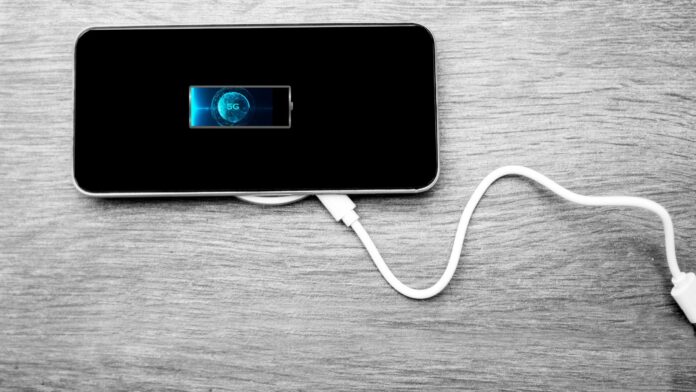When will Verizon release Marshmallow for Android? This is a question that has been on the minds of many Android users eagerly anticipating the latest operating system update. As an expert in the field, I understand the frustration and curiosity surrounding this topic. After conducting extensive research and keeping up with industry trends, I can provide some insights into when we might expect Verizon to roll out Marshmallow.
Verizon’s release schedule for software updates can be somewhat unpredictable, as it depends on various factors such as device compatibility testing and network optimization. However, based on historical patterns and information from reliable sources, it’s reasonable to assume that Verizon will likely release Marshmallow within the next few months. The exact timing may vary depending on individual devices and their respective development cycles.
When Will Verizon Release Marshmallow
Verizon’s Update Rollout Process
When it comes to releasing new versions of Android, Verizon follows a systematic update rollout process. This ensures that the latest software is thoroughly tested and optimized for their devices before reaching their customers’ hands. The process typically involves several stages, including:
- Internal Testing: Verizon begins by testing the new Android version on their own devices, checking for compatibility issues and identifying any bugs or performance issues.
- Manufacturer Collaboration: After internal testing, Verizon works closely with device manufacturers to further test the software on specific devices. This collaboration helps identify and resolve any device-specific issues that may arise during the update process.
- Certification Phase: Once the manufacturer collaboration is complete, Verizon sends the updated software to be certified by various regulatory bodies and carriers. This ensures compliance with industry standards and ensures a stable user experience.
- Network Optimization: Before release, Verizon optimizes the software specifically for its network infrastructure and services. This includes fine-tuning settings related to network connectivity, call quality, data usage optimization, and more.
- Over-the-Air (OTA) Updates: Finally, once all necessary steps are completed successfully, Verizon pushes out OTA updates to eligible devices in a phased manner to ensure a smooth distribution without overwhelming their servers.
Factors Affecting Verizon’s Android Marshmallow Release
The timeline for releasing Android Marshmallow can be influenced by various factors that impact both Verizon and device manufacturers:
- Hardware Compatibility: Ensuring that Android Marshmallow runs smoothly on different hardware configurations can be challenging due to variations in chipset architectures and device capabilities. Extensive testing is required to guarantee optimal performance across all supported devices.
- Customization and Skinning: Device manufacturers often customize the stock Android experience with their own overlays or skins (e.g., Samsung’s One UI). Incorporating these customizations into the new Android version requires additional development and testing, which can contribute to delays in the release schedule.
- Security and Stability: Verizon prioritizes the security and stability of their devices. They thoroughly test each update to ensure that it meets their rigorous standards for protecting user data and delivering a reliable experience.
- Coordination with Device Manufacturers: Verizon’s release schedule depends on collaboration with device manufacturers who must provide updated software versions tailored to their specific devices. Coordinating these efforts takes time and can impact the overall release timeline.

Expected Features and Improvements in Android Marshmallow
Android Marshmallow introduced several exciting features, improvements, and optimizations that users eagerly anticipated:
- App Permissions: Android Marshmallow introduced a more granular app permission system, allowing users to grant or deny individual permissions on a per-app basis. This gives users greater control over their privacy by providing more transparency about how apps access sensitive information.
- Doze Mode: With Doze mode, Android devices automatically enter a low-power state when idle for extended periods. This feature helps conserve battery life by reducing background activity while still ensuring important notifications are delivered promptly.
- Google Now on Tap: Google Now on Tap allows users to bring up contextual information related to what’s currently displayed on their screen without leaving their current app. By simply long-pressing the home button, users can access relevant information such as restaurant feedbacks, movie details, or even flight status updates.


